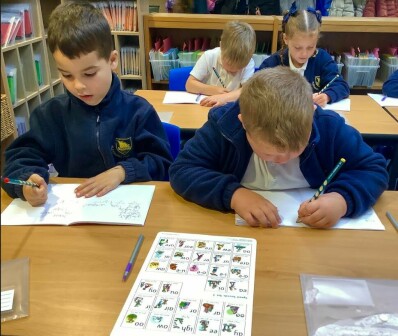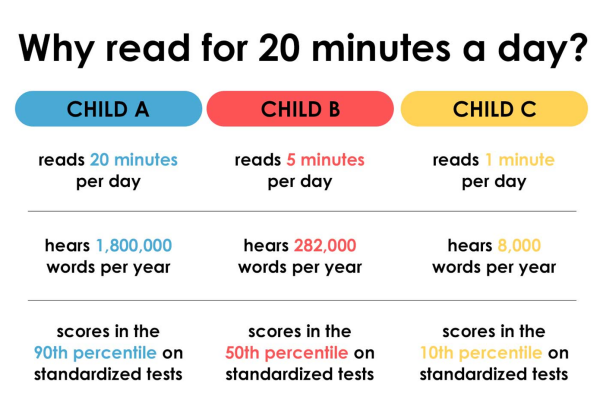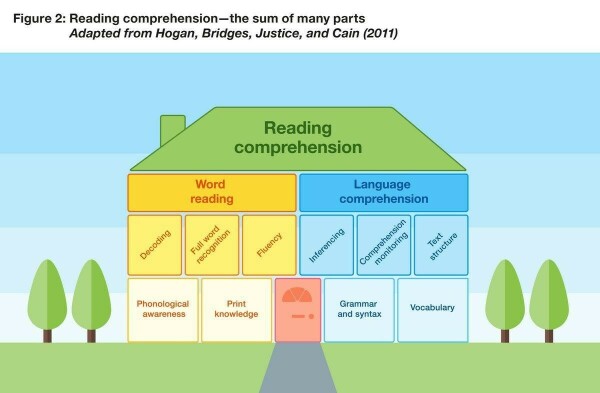Phonics
Learning to read is the most important thing your child will learn at our school. Everything else depends on it, so we put as much energy as we possibly can into making sure that every single child learns to read as quickly as possible. We want your child to love reading – and to want to read for themselves. This is why we put our efforts into making sure they develop a love of books as well as simply learning to read.
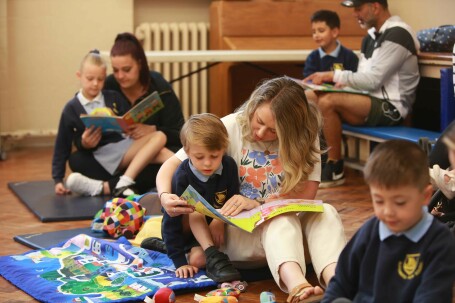
Read Write Inc. Phonics and Reading programme
At Alexandra Park Primary, we follow the Read Write Inc Phonics/Reading scheme.
Read, Write Inc is a highly successful phonics programme for children aged 4 to 7 who are learning to read and write. It teaches children how to both decode and understand written language to become confident and enthusiastic readers and writers. This is achieved by a dynamic approach to teaching phonics that is consistent across the school using the Read, Write Inc phonics resources and fully decodable reading books.
Children are grouped according to their ability in Early Years and Key Stage 1 to ensure that teaching is matched to their level. Phonics in Early Years and Key Stage 1 takes place on a daily basis. Children in Key Stage 2 that still require phonics teaching, continue with a specially tailored programme (RWInc) to meet their individual needs.
Shared Reading forms part of the daily phonics lessons and is led by the reading teachers. Each child reads for at least 20 minutes every day, in a small group with their reading teacher. All texts are linked to the child's phonic ability. Children enjoy one focus text per week and learning activities support accurate and fluent reading to facilitate comprehension. In addition, children take fully decodable reading books home to further practice skills learnt at school. These books are matched to each child's phonics ability and are closely monitored by the reading teachers to ensure that children are reading books of an appropriate level. Each child visits the school library every week to select a book of their choice to share at home. Visits to the school library are quality sessions where children explore and discover books by different authors and of different genres.
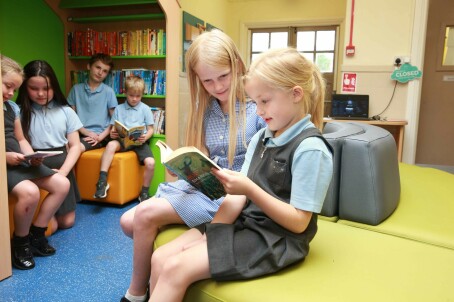
Good Reading Habits
Throughout the curriculum, teachers encourage children to develop these reading habits:
- To sound/out segment words that they find difficult to say.
- Reread phrases, sentences or paragraphs in order to help with understanding.
- Infer from the text: consider what a character is like/what they are feeling; develop your own picture of a setting, adding in your own features based on what you have read.
- Identify words that are tricky and to try and infer meaning from the text.
- Make predictions based on what has been read.
- Ask questions based on what you have read and your own interests.
- Make links with other texts based on themes/styles.
- Develop your own opinion on the text.
Children progress from the Read Write Inc. Phonics programme to the Essential Spelling programme. A dedicated spelling session is taught daily from Year 2.

